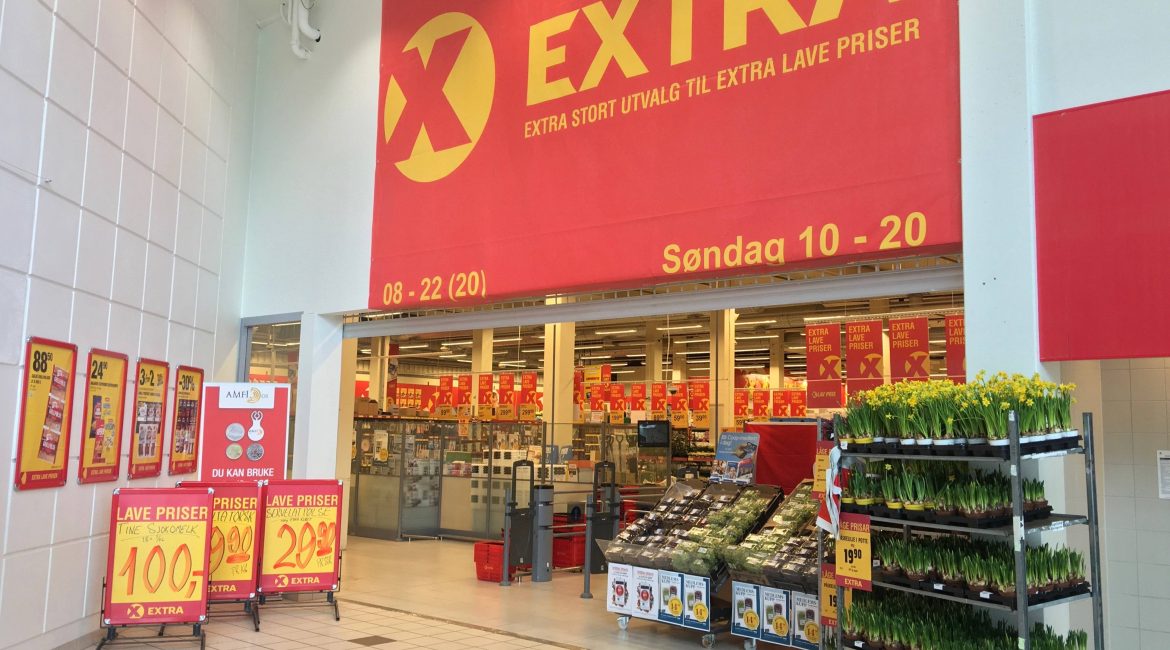Billboards, also known as advertising signs or outdoor billboards, encompass a wide range of visual display products. They come in various forms, materials, sizes, and colors, each serving a unique purpose in different settings. In this article, I will introduce you to the nine common categories of billboards and explore the effects they have on advertising and communication.
-
LED Letters: These billboards utilize LED luminous three-dimensional characters combined with a base plate. Often found on doors, exterior walls, and roofs, these illuminated billboards grab attention and provide visibility in both indoor and outdoor settings.

-
Inkjet Billboards: Constructed with a steel or stainless steel frame, inkjet billboards feature advertisements printed on inkjet cloth or other surfaces. Widely used in exterior wall advertising, building advertising, rooftop advertising, and indoor cultural promotion, these billboards offer a versatile and eye-catching medium for conveying messages.

-
Light Box Billboards: Framed with steel structures, light box billboards incorporate built-in light tubes or LED lights as their light sources. The surface is covered with translucent light boxes, making them suitable for single-sided or double-sided billboards in parking lots, commercial complexes, and public areas. The illumination adds an extra element of visibility, especially during nighttime.

-
Billboards: This category refers to billboards found within industrial and commercial enterprises or factories, primarily used for cultural promotion and news announcements. Typically made of stainless steel or zinc plates and combined with glass or plexiglass, these outdoor billboards provide essential information and contribute to the overall aesthetic of the space.

-
Pylon Sign: During periods of rapid economic development, pillar billboards, resembling anti-aircraft guns, emerged along highways, adding a unique aesthetic to the passing scenery. These billboards not only reflect the economic vitality of a specific era but also serve as a powerful tool for promoting consumption.

-
Wayfinding Signage: As the name suggests, directional billboards act as guides, providing information and directions. Usually made of materials such as stainless steel, zinc plates, or aluminum plates, these billboards undergo various production processes like cutting, folding, bending, and welding to present text or pictorial information. They are commonly seen outdoors, assisting pedestrians and drivers in navigating their surroundings.

-
Promotional Billboards: Temporary promotional billboards, including roll-ups, display stands, and racks, are often used in shopping malls or during holiday promotions. Designed to be portable, convenient for display, and resistant to rain, these billboards come in various materials. However, the key to their effectiveness lies in the creativity and concepts behind their picture designs, which aim to resonate with the target audience and leave a lasting impression.

-
Indoor Billboards: Indoor billboards encompass a wide range of advertising mediums, such as company signs, image wall ads, cultural wall ads, neon lights, and 3D hang tags. The materials used for indoor billboards vary depending on the occasion. For example, house signs may be made of stainless steel or aluminum alloy, while neon lights are commonly used for advertising in internet celebrity stores. Light boxes or stainless steel billboards are often found in company exhibition halls. The diverse forms of indoor billboards cater to different communication needs and contribute to the overall ambiance of the space.

-
Outdoor Billboards: Serving as spiritual fortresses of large-scale publicity and instructional advertising, outdoor billboards play a vital role in capturing attention and conveying messages effectively. Outdoor billboards differ from their indoor counterparts due to the unique environmental challenges they face. Waterproof materials are crucial for outdoor billboards, and if illumination is required during nighttime, IP68 waterproof LED lights are necessary to withstand the elements. Investing in quality materials ensures longevity, minimizing the need for frequent maintenance and reducing after-sales costs. It is essential for billboard owners to prioritize safety and avoid using cheap materials that may compromise the integrity and effectiveness of the advertisements.

In conclusion, billboards are versatile visual display products that come in a variety of categories, each designed to serve specific communication purposes. Understanding the different types of billboards and their effects can help advertisers and business owners make informed decisions when it comes to conveying messages, promoting products, and creating impactful advertising campaigns.




